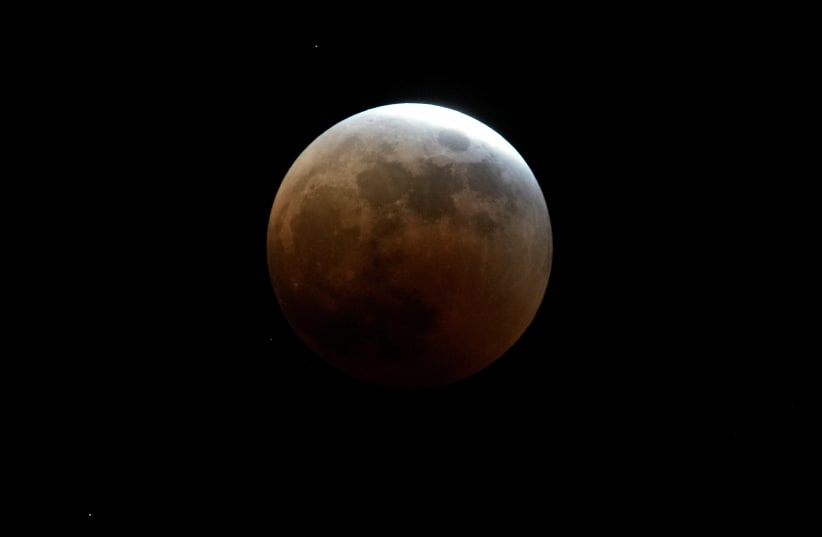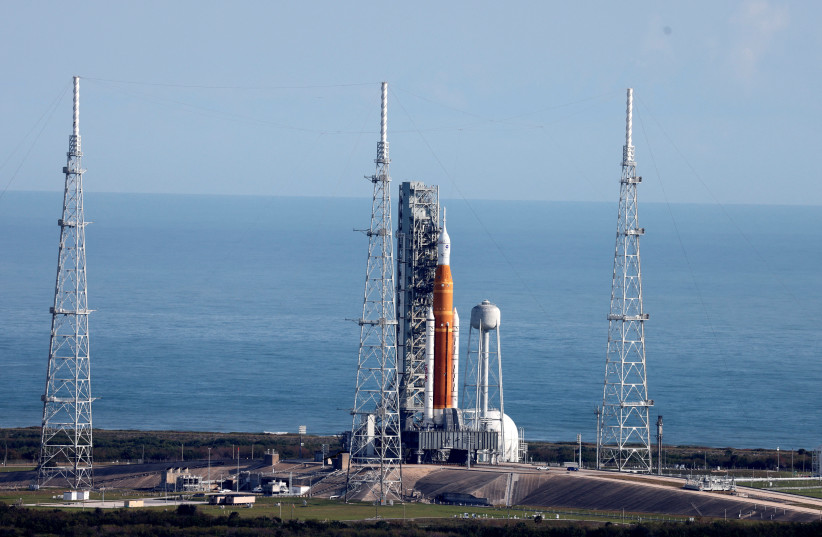Scientists found a way to potentially extract oxygen from the soil found on the Moon, which could greatly facilitate future moon missions, according to NASA.
During an experiment carried out by researchers at NASA’s Johnson Space Center in Houston, for the first time, oxygen was extracted from simulated lunar soil in a vacuum environment, called in-situ resource utilization.
“This technology has the potential to produce several times its own weight in oxygen per year on the lunar surface, which will enable a sustained human presence and lunar economy,” said Aaron Paz, NASA senior engineer and CaRD project manager at Johnson.
Humans on the moon
The experiment is part of research meant to supplement NASA's ongoing Artemis missions, which aim to return humans to the moon for the first time in 50 years.
In order for that vision to become a reality, it is crucial to be able to use resources that are found on the moon. Oxygen, for example, can obviously be used for breathing but is also useful as a propellant for transportation, which can help the astronauts to stay on the moon's surface for a longer time.
So how did NASA’s Carbothermal Reduction Demonstration (CaRD) team conduct the experiment? It first created conditions that approximate those found on the moon.
The experiment was carried out in a special spherical chamber with a 15-foot diameter called the Dirty Thermal Vacuum Chamber, "dirty" referring to the fact that unclean samples can be tested inside.
Then they used a high-powered laser to simulate heat from a solar energy concentrator and melted the lunar soil simulant within a carbothermal reactor. Carbon monoxide was detected in the heated soil with the help of a device called the Mass Spectrometer Observing Lunar Operations (MSolo).
Two future Moon exploration missions in 2023 and 2024, searching for water and other resources, will take the MSolo with them.
“Our team proved the CaRD reactor would survive the lunar surface and successfully extract oxygen,” said Anastasia Ford, NASA engineer and CaRD test director at Johnson. “This is a big step for developing the architecture to build sustainable human bases on other planets.”

